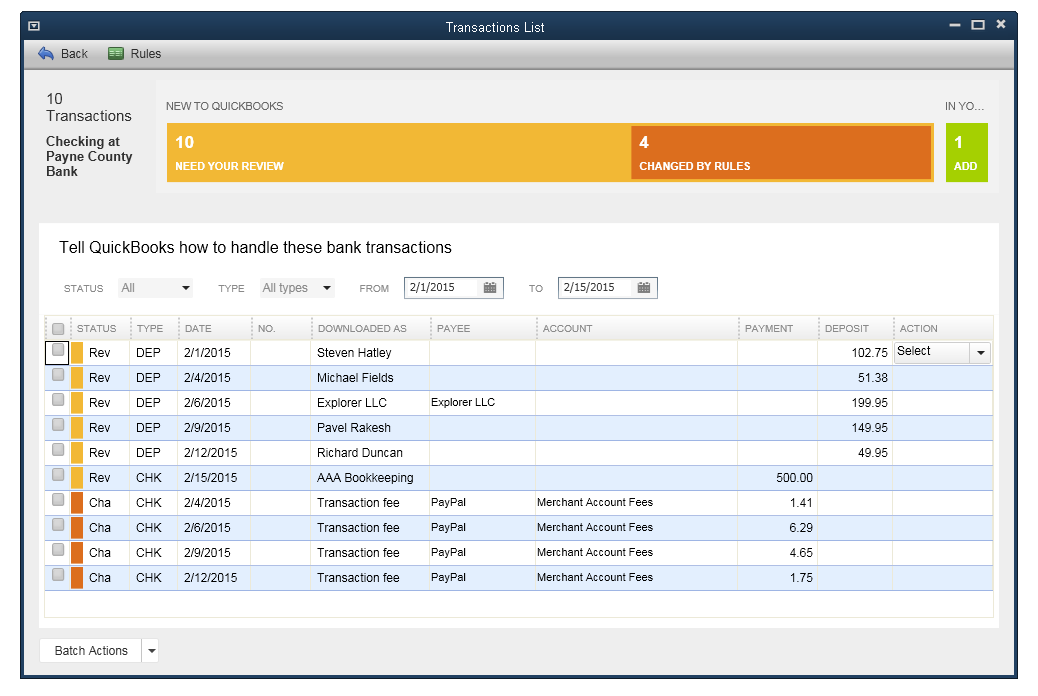Promise or free tuition programs cropping up in some states are also worth examining, Perna said. New York, Maryland and other states have proposed new and expanded programs to pay college costs for eligible students. The movement toward these programs suggests an opportunity to think about how different sources of financial aid come together to ensure that all students have the financial resources that are needed to pay the cost of going to college.
Pell Grants, designed to help lower-income students, haven’t kept pace with the growth of tuition, and so over time, their purchasing power has declined, notes Perna.
An expanded income-based repayment system should be the standard for students, said Webber, with low payments or none at all for those making little money. It should be a little kinder to people at the lower end of the distribution but for people who are making more, it should be maybe not as generous as they are being right now. But we also want to provide a safety net for the people who didn’t get the same, whether it’s luck or whatever.
If you are getting the benefit of a college education and get a job that pays you a lot of money, you took out the loans, you should be paying for it

Right now there is, frankly, very little accountability that schools have; they practically have no skin in the game.
The other big policy change Webber would like to see is substantially increased accountability for one of the major players in the student loan system: schools
A risk-sharing system that penalizes schools turning out students with higher default rates – by charging schools, say, 5% of the defaulted amount – would nudge the system in the right direction. Lees verder



